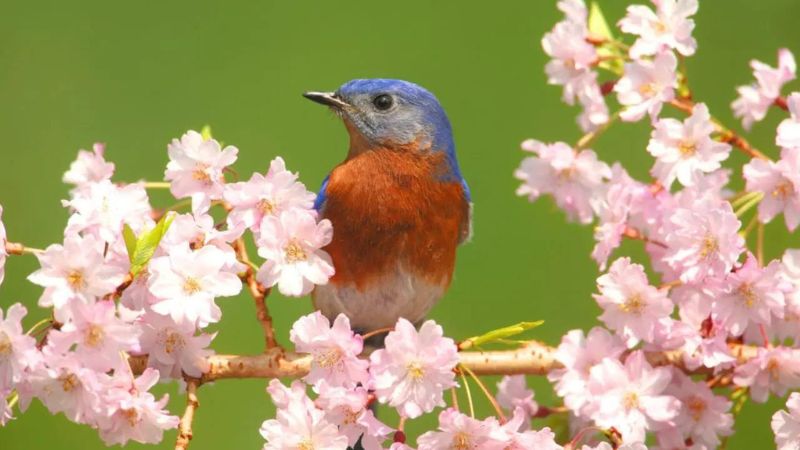Bluebirds are among the most captivating birds you can attract to your yard. Known for their vibrant blue plumage and melodic songs, these birds are a joy to watch and listen to. Attracting bluebirds to your yard involves creating an inviting habitat with the right plants that provide food, shelter, and nesting sites. In this blog post, we’ll explore eight plants that are particularly effective at attracting these beautiful birds.
1. Serviceberry (Amelanchier)
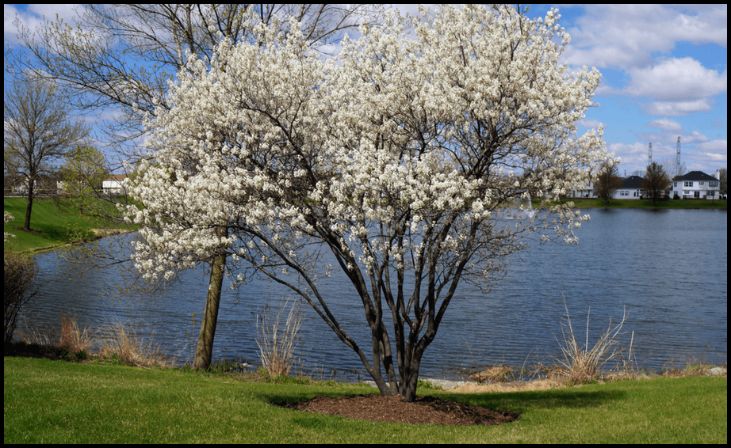
Serviceberry is a versatile shrub that produces an abundance of small, berry-like fruits that bluebirds love. In addition to its fruit, this plant offers early spring blooms and beautiful fall foliage, making it an attractive addition to any yard. Plant serviceberry in a sunny spot with well-drained soil to create a perfect feeding ground for bluebirds. Its berries ripen in early summer, providing a timely food source when other natural foods may be scarce. This plant also supports various insects, which bluebirds feed on, particularly when feeding their young.
2. Eastern Red Cedar (Juniperus virginiana)
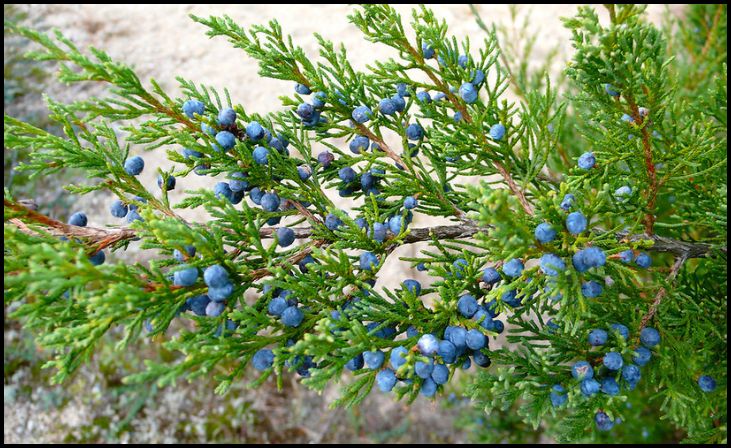
The Eastern Red Cedar is a native evergreen that provides both food and shelter for bluebirds. Its blue-gray berries are a favorite among bluebirds, especially during the winter months when other food sources are limited. The dense foliage of the Eastern Red Cedar offers excellent protection from predators and harsh weather, making it an ideal nesting site. Plant this tree in full sun with well-drained soil to attract bluebirds year-round. Besides benefiting bluebirds, Eastern Red Cedar is also a host for a variety of moths and butterflies, adding to the biodiversity of your yard.
3. American Holly (Ilex opaca)
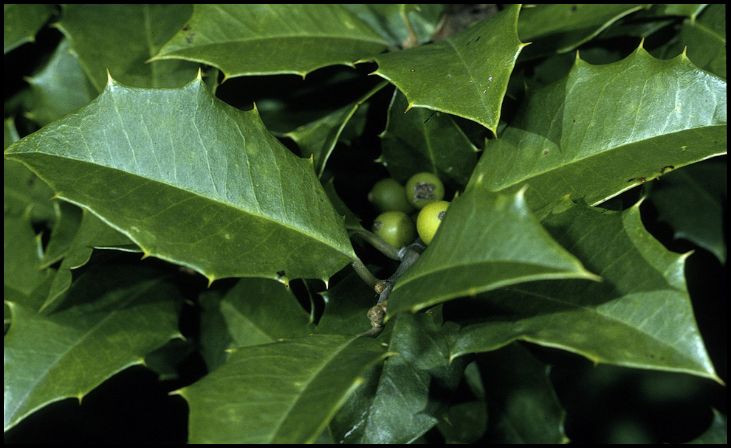
American Holly is another excellent choice for attracting bluebirds. This evergreen shrub or small tree produces bright red berries in the fall and winter, which bluebirds find irresistible. The dense foliage provides excellent cover and nesting opportunities, ensuring bluebirds feel safe and secure in your yard. American Holly thrives in well-drained soil and can tolerate both full sun and partial shade. Its berries are not only a crucial food source for bluebirds but also for other bird species, making it a valuable addition to your wildlife-friendly garden.
4. Dogwood (Cornus)

Dogwood trees and shrubs are well-loved by bluebirds for their attractive berries and flowers. The berries of flowering dogwoods ripen in late summer and fall, providing a crucial food source as bluebirds prepare for winter. In spring, dogwoods offer beautiful blooms that enhance the aesthetic appeal of your yard. Dogwoods prefer well-drained soil and partial shade but can adapt to a variety of conditions. Planting dogwoods not only attracts bluebirds but also supports other wildlife, including pollinators like bees and butterflies.
5. Mulberry (Morus)
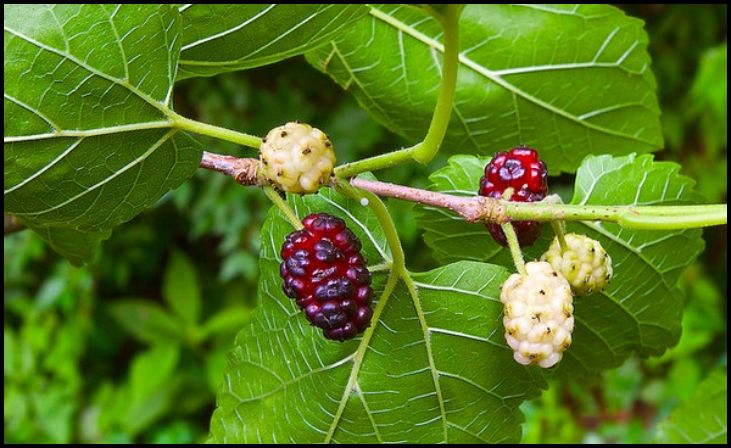
Mulberry trees are highly attractive to bluebirds due to their abundant fruit production. These trees produce sweet, juicy berries in late spring and early summer, which bluebirds eagerly consume. Mulberry trees are fast-growing and can adapt to a range of soil types, making them an easy addition to most yards. Besides attracting bluebirds, mulberries provide food for many other bird species and wildlife, enhancing the biodiversity of your garden. Planting a mulberry tree can create a vibrant and active environment, especially during the fruiting season.
6. Elderberry (Sambucus)
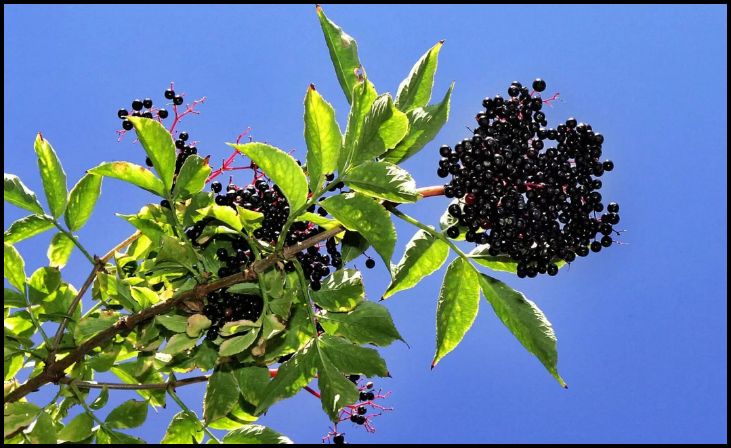
Elderberry shrubs are excellent for attracting bluebirds with their clusters of small, dark berries that ripen in late summer. These berries are a nutritious food source, rich in vitamins and antioxidants, that bluebirds readily consume. Elderberries thrive in moist, well-drained soil and can tolerate partial shade, making them versatile for various garden settings. Besides benefiting bluebirds, elderberries attract other birds and pollinators, supporting a healthy and dynamic ecosystem in your yard. Elderberries can also be used in making jams, jellies, and wines, adding an extra benefit for gardeners.
7. Virginia Creeper (Parthenocissus quinquefolia)

Virginia Creeper is a vigorous vine that produces small blue-black berries favored by bluebirds. This plant is particularly valuable in providing both food and cover. Virginia Creeper can grow on trellises, fences, and even as ground cover, offering flexible options for integrating it into your garden. Its berries ripen in the fall, providing an essential food source during the migration and winter preparation periods. The vibrant red foliage in the fall also adds visual interest to your landscape. Virginia Creeper is hardy and adaptable, making it a low-maintenance choice for attracting bluebirds.
8. Sumac (Rhus)
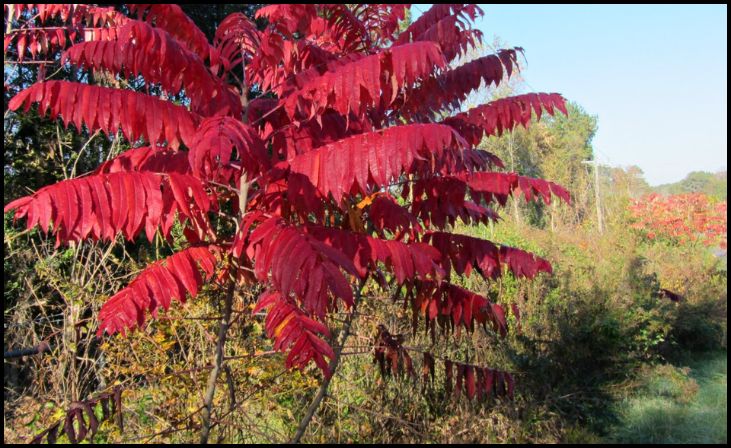
Sumac shrubs are known for their striking red berries that persist into winter, providing a critical food source for bluebirds during the colder months. These shrubs are hardy and can thrive in poor soils and full sun, making them an excellent choice for various garden conditions. The berries are not only attractive to bluebirds but also to other wildlife, ensuring a lively and diverse environment. Sumac’s brilliant fall foliage adds a splash of color to your yard, enhancing its aesthetic appeal. Planting sumac can help create a welcoming habitat for bluebirds and other birds seeking winter sustenance.
Conclusion
Creating a bluebird-friendly yard involves selecting the right plants that offer food, shelter, and nesting opportunities. By incorporating these eight plants into your garden, you can attract and support beautiful bluebirds while enhancing the overall biodiversity and beauty of your outdoor space. Whether you’re an avid birdwatcher or simply enjoy the presence of these charming birds, planting serviceberry, Eastern Red Cedar, American Holly, dogwood, mulberry, elderberry, Virginia Creeper, and sumac will help create a vibrant and inviting habitat that bluebirds will love.

